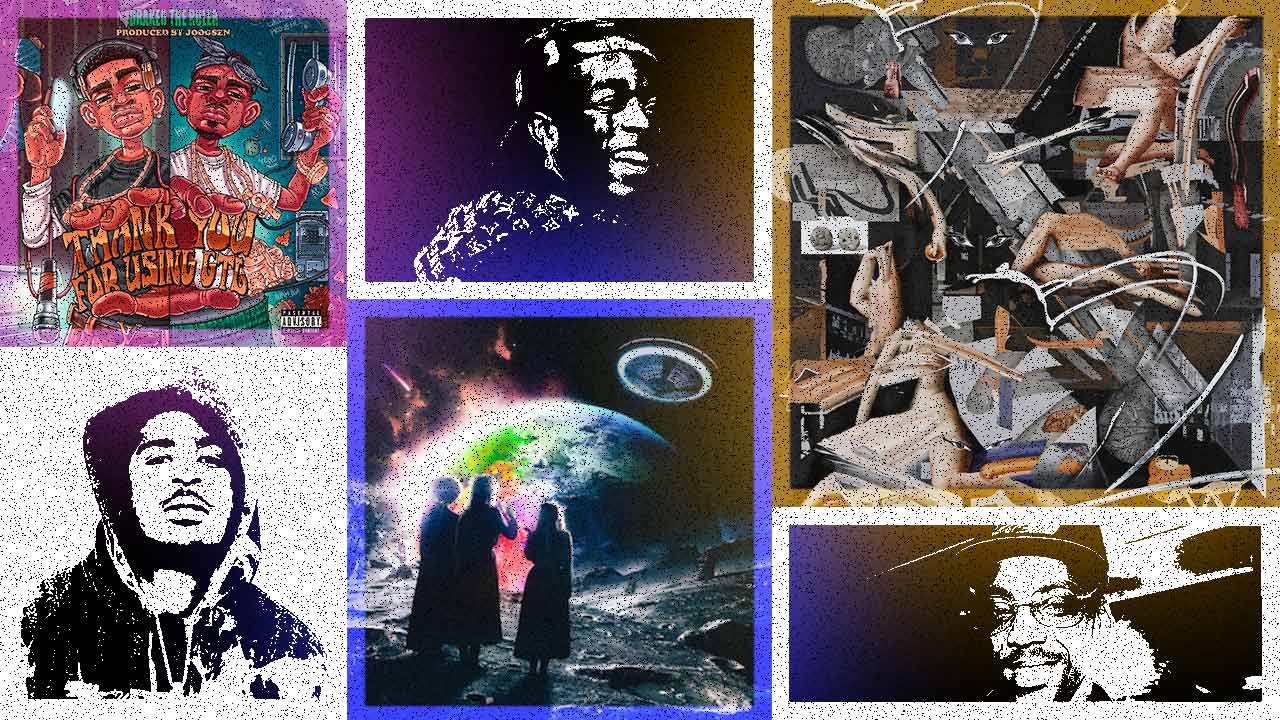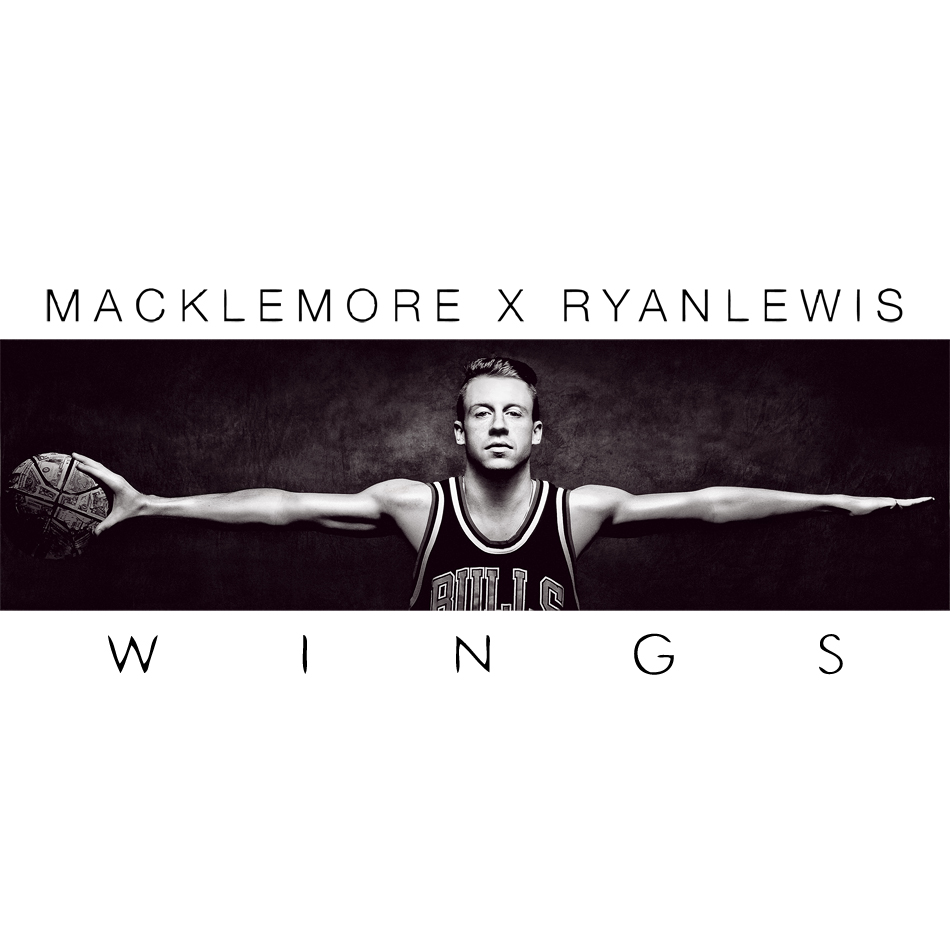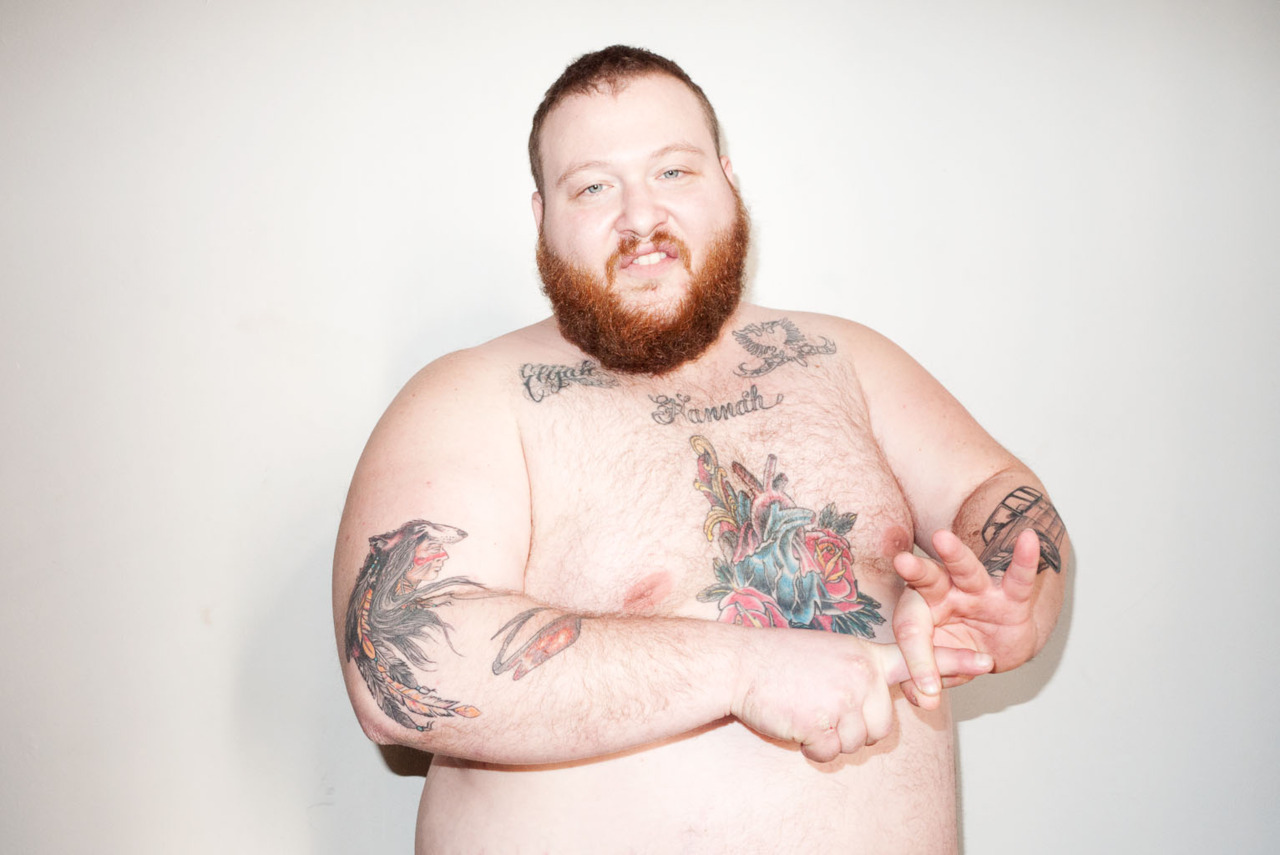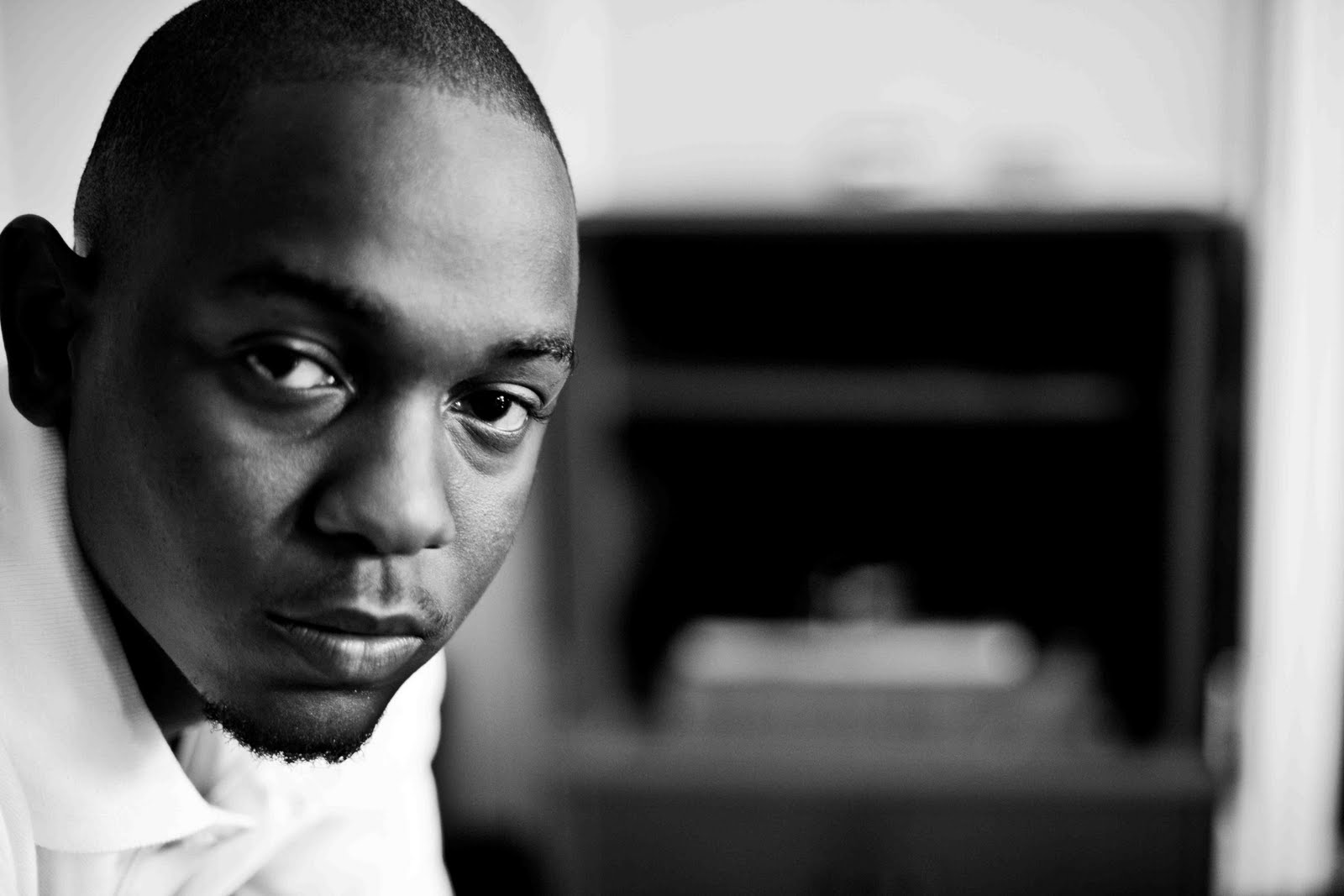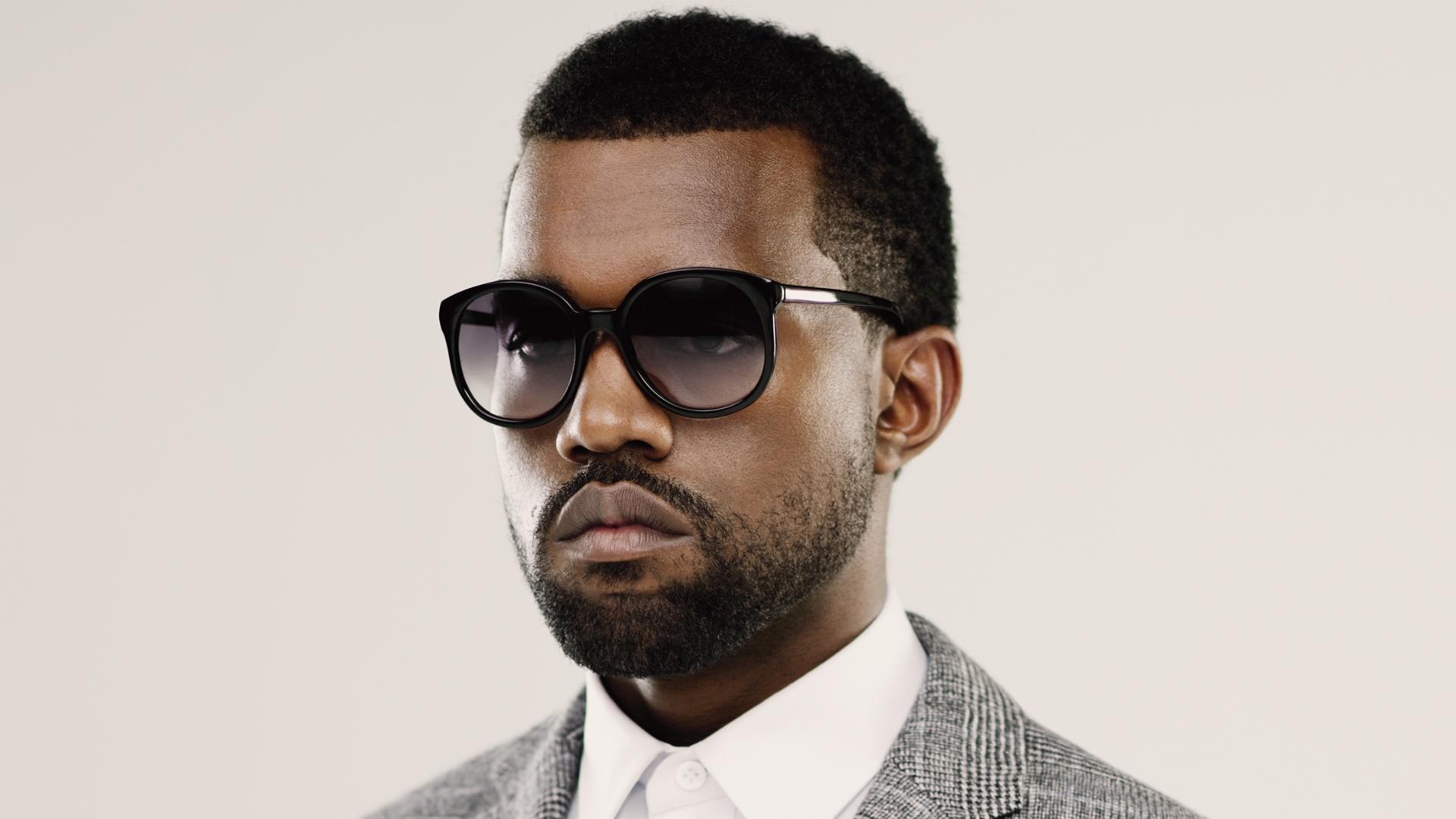10. Chris Crack, White People Love Algorithms
Chris Crack is more than a rapper—he is an absurdist comedian who slanders cops one second and claims that black men don’t cheat the next. With White People Love Algorithms, the first (and best) of four albums he put out this year, the Chicago native leans into his comedic gifts and delivers a 29-minute stand-up special.
Crack’s unbelievable consistency justifies the maniacal rate at which he releases music. White People Love Algorithms, an album with zero bad songs, shows that he is just getting started, and that he isn’t playing by your rules.
Listen on Bandcamp // YouTube // Spotify // Apple Music
9. Lil Baby, My Turn (Deluxe)
Down the road, when we are free from the chains of capitalism and free from a neverending story of white supremacy and an increasingly polluting planet, historians will look back in awe at “We Paid,” the collaboration between Lil Baby and his 4PF protege 42 Dugg. It begins ominously, with spare, spooky drums that seem like they’re leading you into a Lovecraft Country scene. Then, Baby and Dugg dig in. It’s simple, and sometimes simple is all you need. Along with the rest of My Turn, “We Paid” proved that even the most straightforward Baby song can crack the top 10 of the Hot 100, and that he’s as much of a superstar as any other rapper on the planet.
Before this year, I wasn’t that into Lil Baby. On “Emotionally Scarred,” a beautiful moment from My Turn, I finally realized that he was more than just another Young Thug clone. He was a singular entity—a rapper with the ability to unite old heads and Generation Z’ers. “Emotionally Scarred” is our generation’s “Song Cry” with leather jeans and auto-tune.
Listen on YouTube // Spotify // Apple Music
8. Jay Electronica, A Written Testimony
Jay Electronica’s long-awaited album arrived during the week the COVID pandemic hit the United States, making the timing of the release all the more ominous. Aided by a rejuvenated Jay-Z no longer rapping about being a landlord, A Written Testimony opens with a speech by Minister Louis Farrakhan, then segues into “Ghost of Soulja Slim,” a manifesto for black empowerment. Jay-Z sounds fiery: “My ancestors took old food, made soul food/Jim Crow’s a troll too, he stole the soul music.”
Throughout Testimony, Jay Elec and Jay-Z trade bars and feed off each other. Some listeners mistakenly compared their chemistry to Ghostface and Raekwon on Cuban Linx. In truth, it’s more like an older, smoother, and more sober version of Freddie Gibbs and Curren$y on Fetti—a pair of legends finally linking up for a long-overdue album. Two rappers in perfect sync is a sweet science indeed.
Listen on YouTube // Spotify // Apple Music
7. ShooterGang Kony, Red Paint Reverend
ShooterGang Kony has lived a life that is all too familiar for black men in this country. The Sacramento native was first locked up at age 13 and bounced in and out of jail for years before he started rapping. You can hear this in his music. It isn’t rap for the golf courses. It is mean and nasty and meant to cave in your roof during the party you are throwing when your parents aren’t home.
Listening to Red Paint Reverend is like taking a long ride through the streets of Sacramento. “Kony Intro” keeps delivering you stunts in the form of questions: Who got the neck that cost him four bricks? You better answer that, or Kony is coming to run up on you. Across Reverend, he proves himself as an adept rapper who balances aggression with a keen ability to find a pocket. “A Sinner’s Story” is effortlessly brilliant—a great rap record without trying. By the moment the album closes out, it’s clear that Kony is one of best rappers alive because, well, he is.
Listen on YouTube // Spotify // Apple Music
6. Roc Marciano, Mt. Marci
With Mt. Marci, Long Island vet Roc Marciano continues to refine his immaculate style, which poses a battle between his two moods. Mt. Marci is ambient but aggressive, straightforward but poetic, brutal but graceful. There’s no limit on what can happen when his drumless production collides with his sick and twisted mind, inspired by the boom bap of the New York streets. “I’m in the pussy doing the stanky leg” is one of the funniest and horniest bars of all time. That’s who Roc Marciano is—your inappropriate uncle, the realest and grimiest person at the barbecue.
Listen on YouTube // Spotify // Apple Music
5. Ka, Descendants of Cain
A working-class man by trade, 48-year-old Brooklyn firefighter Ka raps like an old head who has experienced a lot of trauma. His voice is hoarse, like those of Boldy James and Jadakiss, but more grim. It works well for the type of music that he makes. Ka hails from Brownsville, Brooklyn, where he “had to man up, another man down/at the least we stand fast, never stand down.” On “Patron Saint,” a haunting song with stream-of-consciousness bars over pianos and tense drums that feel like a live performance in Central Park, Ka recounts the time that he saw his dad commit a violent act. This kind of pain feels like something out of a Sopranos episode. He is matter of fact as he recounts the demons that the previous generation left to him; “our heroes sold heroin,” he raps.
This album takes me back to a time where Brooklyn wasn’t gentrified. I imagine this album on the streets generations ago, when the Son of Sam was loose, with Giuliani emboldened the NYPD to oppress black citizens, and when you couldn’t walk the streets with any safety. Ka’s music rings with his truth—his solitude, his pain, and his strife. And it’s glorious.
Listen on YouTube // Spotify // Apple Music
4. Freddie Gibbs & The Alchemist, Alfredo
Freddie Gibbs is competing with himself at this point. A couple weeks ago, he received a long-overdue Grammy nomination for this album. The Grammys tend to award rappers for their work at the end of their peaks, and never when they make their best work. That’s what happens when you are a corporate entity that exists to celebrate the best music that sells, not the best music of humanity.
That’s the reason why I am having trouble reviewing Alfredo, which is clearly a very good album. Gibbs sounds like a boxer on the somber yet militant “Scottie Beam.” White supremacy has beaten, ravaged, and dehumanized us, but he’s still up and ready to go when the bell rings round 15. When he says that he has more guns than the Gary police, it isn’t only a boast—it’s a call for even the meekest among us to rise against racist tyranny. Gibbs is so goddamn good at what he does that it feels regular now. “Frank Lucas” is still one of the best songs of the year; gangsta rap is limitless and beautiful in the form of a Gary, Indiana transplant that is the son of Richard Pryor and Brad Jordan.
Listen on YouTube // Spotify // Apple Music
3. Drakeo the Ruler, Thank You For Using GTL
Drakeo the Ruler is now a free man after spending three years in LA Men’s County Central Jail as a political prisoner. Though he was in bondage because of sadistic detectives and corrupt prosecutors, he was hardly absent from the rap game. In February, he released Free Drakeo; four months later, in June, he dropped Thank You For Using GTL, the greatest rap album ever recorded from jail.
Drakeo’s status as an example of the harrowing racism and oppression in the criminal justice system has somewhat obscured one of the biggest reasons his case meant a lot to all of us—he is an incredible rapper. He commands attention even while spitting over the jail phone. He can be playful, but there isn’t a single track on GTL that doesn’t feel high-stakes. These aren’t songs so much as street sermons. On “Quit Rappin,” when he says, “I got problems/ I wouldn’t last one minute up in college,” it’s a threat and a boast. Drakeo codes his message in slang, but once you decipher it, you won’t be able to listen to anybody else. The man knows how to develop his themes. On “Bad Timing,” he opens up the second verse, “I would hit ’em with the K, but then that’s violent/ I would say I let ’em live, but then that’s lyin’/ I didn’t plan to go to jail, it was bad timing.” It’s a beautiful thing that Drakeo has been released from the inhumanity of prison. Thank You For Using GTL won’t be his last great album. Let his freedom ring.
Listen on YouTube // Spotify // Apple Music
2. Lil Uzi Vert, Eternal Atake
This is the part where I tell you about one of my favorite songs of the year. “Silly Watch” feels like the song that you hear in your head when you mix alcohol and weed. (Don’t do drugs, kids.) If you made a music video for this song, the camera would be doing cartwheels. It’s a three-minute riot from the man who bridges the gap between Andre 3000 and Chief Keef and brings in a bit of Lil Wayne’s extra-terrestrial personality.
Uzi may not be the most technically sound rapper, but he sounds superhuman on “Silly Watch” and all over Eternal Atake. He successfully locates the pocket on every beat on the album, from “You Better Move,” which samples a Pac-Man arcade game you’d found at a local Philly pizza joint, to the Keef-produced “Chrome Heart Tags,” which sounds like a Dedication outtake. Across Eternal Atake, Uzi has the fun of an incorrigible teenager, and it is infectious. Even though he’s definitely an artist whose heart belongs to the younger generation of music fans, there is something for everyone on this record. This album celebrates rap music in all of its forms. For most of Uzi’s career, old heads have seen him as a harbinger of rap’s demise. This viewpoint was always incorrect and crass. The truth is, Uzi is a shining example why rap is always going to be the premiere genre in American culture.
Listen on YouTube // Spotify // Apple Music
1. Boldy James (with The Alchemist), The Price of Tea in China
Boldy James is having one of the most memorable years of any rapper in recent memory. You always hear mentions of “2008 Lil Wayne,” and all praises due, but I now propose: 2020 Boldy James.
In actuality, Boldy has been great for a while now. My 1st Chemistry Set, his 2013 debut album, is an unheralded classic. Rap is funny that way. Sometimes it takes a particular time and particular year for an artist to get the flowers that they have always deserved. Released back in February, The Price of Tea in China is your favorite rapper’s favorite album of 2020. Every song is a meal in itself. Boldy’s voice sounds like a somber military veteran who subsists on a steady diet of Johnnie Walker. His raps are criminal in nature; there is no limit to the number of coke puns he can cram into a verse. But it’s a nuanced record—he raps not only about crime, but how it has affected him over the years. The guest features are excellent, too. Freddie Gibbs shows up Boldy on “S.N.O.R.T.” rapping about his uncle’s discerning nose for quality blow. Griselda sharp-shooter Benny the Butcher lends a hand on “Scrape The Bowl” with his trademark grit-and-grind raps.
Alchemist works with Boldy better than anyone this side of Prodigy. The minimalist, grainy beats of The Price of Tea allow Boldy’s controlled, monotone voice to shine through. Boldy conveys a wide range of emotions with ease; he can brag, lament, and reflect, all without removing his finger on his trigger. “Phone Bill” talks about the tough times he had in the hood growing up. Aunty had throat cancer and he can’t afford to pay his phone bill. That’s why black kids enter life on the streets. You have to eat some way.
There’s a sense among old heads that no one wants to listen to rappers rap anymore. Boldy proves this isn’t true; everyone can get down with this. There’s a difference between great, original rapping and rapping that simply tries to impress the listener. Boldy is the former—a cold man from Detroit energized on The Price of Tea by Alchemist’s gritty brilliance. The result is a borderline masterpiece that will one day be upheld as the first great rap album of the decade. And I didn’t even write about Manger on McNichols. ▩
Listen on YouTube // Spotify // Apple Music
